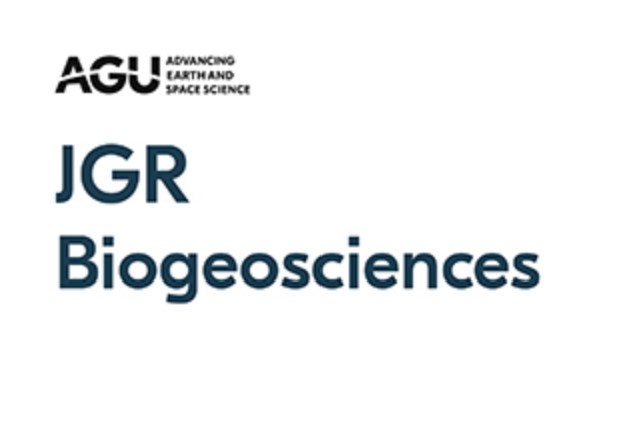
Abstract
In sub‐Saharan Africa (SSA), few studies have quantified greenhouse gas (GHG) emissions following application of soil amendments, for development of accurate national GHG inventories. Therefore, this study quantified soil GHG emissions using static chambers for two maize cropping seasons (one full year) of four different soil amendments in the central highlands of Kenya. The four treatments were (i) animal manure, (ii) inorganic fertilizer, (iii) combined animal manure and inorganic fertilizer, and (iv) a no‐N control (no amendment) laid out in a randomized complete block design. Cumulative annual soil fluxes (February 2017 to February 2018) ranged from −1.03 ± 0.19 kg CH4‐C ha−1 yr−1 from the manure inorganic fertilizer treatment to −0.09 ± 0.03 kg CH4‐C ha−1 yr−1 from the manure treatment, 1,391 ± 74 kg CO2‐C ha−1 yr−1 from the control treatment to 3,574 ± 113 kg CO2‐C ha−1 yr−1 from the manure treatment, and 0.13 ± 0.08 to 1.22 ± 0.12 kg N2O‐N ha−1 yr−1 in the control and manure treatments, respectively. Animal manure amendment produced the highest cumulative CO2 emissions (P < 0.001), N2O emissions (P < 0.001), and maize yields (P = 0.002) but the lowest N2O yield‐scaled emission (YSE) (0.5 g N2O–N kg−1 grain yield). Manure combined with inorganic fertilizer had the highest cumulative CH4 uptake (P < 0.001) and N2O YSE (2.2 g N2O–N kg−1 grain yield). Our results indicate that while the use of animal manure may increase total GHG emissions, the concurrent increase in maize yields results in reduced yield‐scaled GHG emissions.
Plain Language Summary
The greenhouse gas (GHG) inventory of agricultural production systems in sub‐Saharan Africa (SSA) remain uncertain. This emanates from the huge data gap as a result of the limited number of studies on GHG measurement, following soil amendments. This lack of data adds further difficulties for developing countries such as Kenya to accurately assess and report current GHG emissions from agriculture. Countries in SSA continue reporting to the United Nations Framework Convention on Climate Change on their current GHG emissions’ status using default Intergovernmental Panel on Climate Change (IPCC) Tier I emission factors. Based on our measurements, we show that the previously reported GHG from fertilizer application may be highly overestimated. We also demonstrate the positive role played by animal manure in increasing maize yields and reducing yield‐scaled GHG emissions (YSE). Our study, therefore, calls for revision of the emission estimates from agricultural production in SSA.








